The Health, Exercise & Fitness – Level 3 Course is designed to equip you with the theoretical knowledge to begin or develop a career in the health, exercise and fitness industry. It also provides all the information and resources needed to educate people on how in lead healthier lifestyles.
On successful completion of this course, students will receive an accredited Level 3 Certificate of Achievement.
The health and fitness industry is becoming increasingly more important and dominant in today’s society. There will always be a demand for jobs and careers in this industry as people strive to lead healthier, active lifestyles.
The need to be fit and healthy is an essential commodity of life. People are constantly looking for ideas and solutions on how to lose weight, how to exercise safely and what exercise to do. This course offers you the chance to understand what you can and ultimately need to do in order to lead a healthier lifestyle. It gives you the theoretical knowledge and offers practical ideas on how to set about shaping yours and others lifestyles in order to increase health and fitness.
The Home Study Exercise And Fitness Courses Are Split Into The Following 15 Units:
- Unit One – Defining the Concepts Health, Exercise and Fitness
The following topics are covered: What is Health?; Physical, Social and Mental Health; What is Exercise?; Types of Exercise – Sports Continuum; The Sports Continuum; What is Fitness?; Health Benefits of taking Part in regular Exercise; 10 Reasons to get More Active; Health-Related Components of Fitness; Skill Related Components of Fitness; and Comparison of Health and Skill-Related Fitness.
- Unit Two – Understanding the Components of Fitness and How To Test them
The following topics are covered: Definition of the Components of Fitness; Detained Analysis of each Component; Why do we want to Test our Fitness?; Measuring the Components of Fitness – Examples of Fitness Tests; and Components of Fitness needed for Different Sporting Activities.
- Unit Three – Ways to Improve Fitness – Training Methods
The following topics are covered: How does the Body Generate Energy for Exercise?; The Creatine Phosphate System; The Lactic Acid System and Oxygen Dept; The Aerobic System; Analysis of Different Training Zones; Principles of SPORT; FITT Principles; Methods of Training (Continuous, Fartlek, Interval, Weight Training, Plyometrics, Flexibility Training and Circuit Training); and Examples of Training Sessions for each Training Method.
- Unit Four – Planning Training and Fitness Programmes
The following topics are covered: Physiological and Psychological Benefits of Warming Up; Cool Down – Reasons why it is Important; Phases of a Warm Up:- Body Temperature Raising, Stretching and Skill Development; Planning a Training Programme; Applying the Sport and Fitt Principles of Training; Periodisation – Off Season, Pre Season, Peak Season and Transitional Period; Planning a Training Session (Warm Up, Main Activity and Cool Down); and Examples of Training Programmes and Sessions.
- Unit Five – Factors Affecting your Sporting Performance
The following topics are covered: Factors affecting Sporting Performance (Age, Gender, Personality, Lifestyle, Environment, Injury, Illness, Diet, Body Type and Drugs); Social Drugs:- How Smoking and Alcohol Affect Sporting Performance; Other Social Drugs and their Effect on Sporting Performance; Types of Performance Enhancing Drugs; Examples and Effects of Performance Enhancing Drugs and Blood Doping.
- Unit Six – Safety in Sport
The following topics are covered: How to Prevent Injury (Safe Environment, Clothing and Equipment, Fair Competition, Obey the Rules and Warm Up and Cool down); What Causes Sports Injuries?; Accidental Injuries, Overuse Injuries, Chronic Injuries; Examples of Sports Injuries (Soft Tissue Injuries, Skin injuries and Hard Tissue Injuries) Injuries, Symptoms and Treatment; RICE Procedure; More Serious Injuries; Assessing the Casualty’s Condition – DRACB; How to Treat an Unconscious Casualty; Emergency Action Plan; and Other Conditions that can Influence Sports Performance.
- Unit Seven – Diet & Nutrition
The following topics are covered: A Balanced Diet; The Essential Groups of Nutrients; Macronutrients and Micronutrients; Diet and Exercise; The Importance of each Nutrient for Exercise; Energy and Diet (Metabolic Rate and Physical Activity Level); Energy in Food; Energy Equations; The Athletes Diet (Day of Competition, After the Event and Glycogen Loading); Common Eating Disorders; Healthy Eating; Food Pyramids; and Examples of Diets.
- Unit Eight – Body Systems – The Skeletal System
The following topics are covered: Outline of the Different Body Systems; The Human Skeleton and Major Bones; Functions of the Skeleton (Support, Protection, Movement, Blood Production and Mineral Storage); Ossification; Cartilage; Types of Bone; The Skeletal Frames:- Axial and Appendicular; Exercise and the Bones; Definitions of Fixed, Slightly Movable and Synovial Joints; A Typical Synovial Joint Structure; Movement Patterns at Synovial Joints; and How can Exercise Help Improve the Skeletal System.
- Unit Nine – The Muscular System
The following topics are covered: Functions of Muscles; Types of Muscle Tissue; Skeletal Muscles – Structure and Functions; Muscular Contractions (Isotonic, Isometric and Isokinetic); How Muscles are Attached to Bones; Muscle Fibres (Slow and Fast Twitch); Characteristics of Muscle Fibres and Exercises they Relate to; Major Muscles in the Human Body (Location and Function); Exercises to Strengthen the Muscles; and Benefits of Warming Up the Muscles.
- Unit Ten – The Cardiovascular System
The following topics are covered: What Parts of the Body Make Up the Cardiovascular System; Functions of the Cardiovascular System; The Double Pumping Action of the Heart; Pulmonary Circulation; Systemic Circulation; Structure of the Heart; Blood Flow Through the Heart; How does the Heart Pump Blood; Blood Vessels:- Arteries, veins and Capillaries; The Heart and Exercise; Heart Rate – Measuring the Pulse; What Happens to our Cardiovascular System when we Exercise; Long Term Effects of Training on the Cardiovascular System; Components and Functions of Blood; The Blood and Exercise; Blood Pressure – Measuring Blood Pressure; and Factors Affecting Blood Pressure.
- Unit Eleven – The Respiratory System
The following topics are covered: Structure of the Respiratory System; How Air Passes Through the Body; Pulmonary Ventilation; The Mechanics of Breathing; Inspiration and Expiration; How do we get the Oxygen to the Working Muscles?; External Respiration; Internal Respiration; Capacity for Exchanging Gases; and What Happens to the Respiratory System as we Exercise?
- Unit Twelve – The Digestive System
The following topics are covered: What is Digestion?; Energy Molecules in Food; Chemical Digestion; Physical Digestion; The Digestive Process; Parts of the Digestive System and their Functions; What is an Enzyme; Food Enzymes; Digestive Enzymes; and The Digestive System and Exercise.
- Unit Thirteen – The Nervous System
The following topics are covered: Basic Functions of the Nervous System; Parts of the Nervous System; The Central Nervous System – Parts of the Brain; The Spinal Cord; The Peripheral Nervous System:- Sympathetic and Autonomic Nervous Systems; Reflex Actions and Conditioned Reflexes; Receptor Organs; and The Nervous System and Sport.
- Unit Fourteen – The Endocrine System
The following topics are covered: Hormones – What are they?; Hormone Producing Organs and Body Parts; and The Endocrine System and Exercise.
- Unit Fifteen – Stress & Anxiety in Sport
The following topics are covered: Defining Anxiety – Cognitive and Somatic; Types of Anxiety; Anxiety and Sport; Stress; What Causes Stress?; Symptoms of Stress; Stress Management and Stress Management Technique.
To find out more about Health, Exercise & Fitness Course visit course provider website.






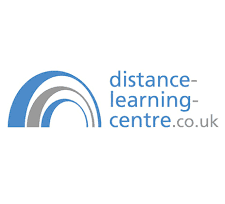
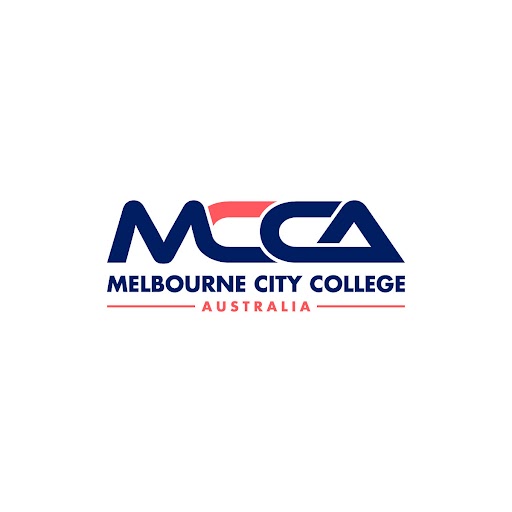
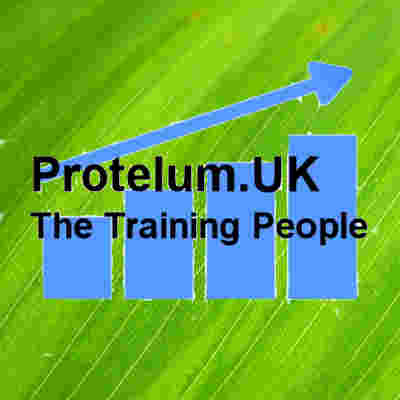



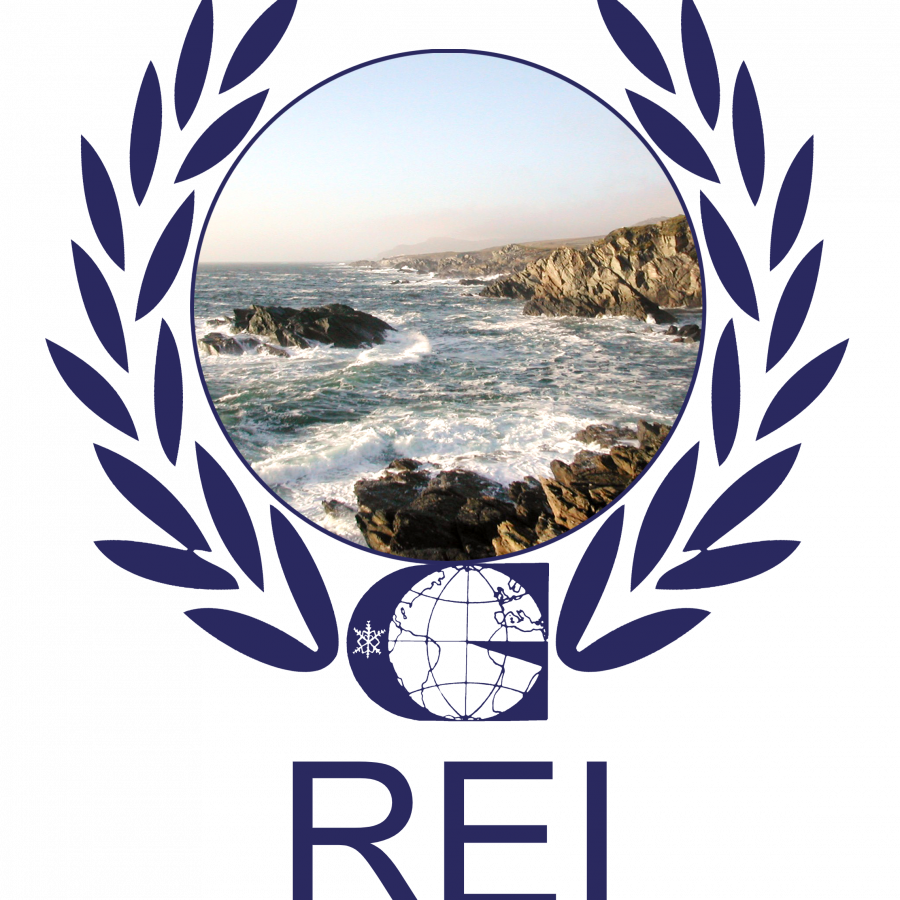
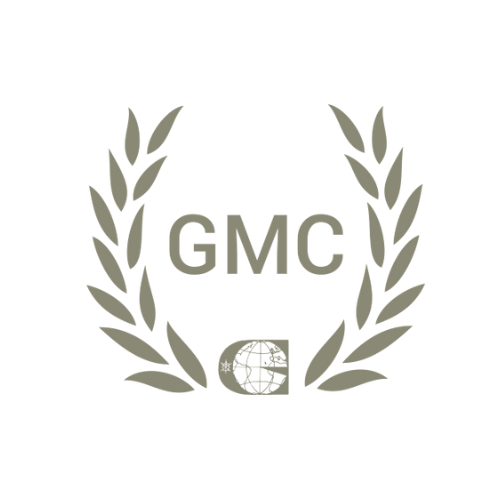



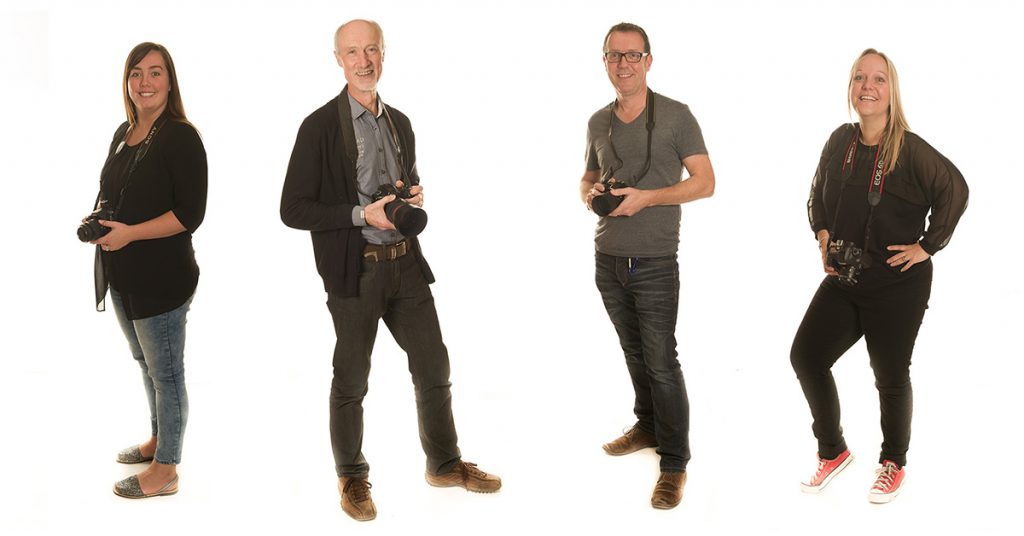

Leave a Comment